Check out our latest blog article: From component to enterprise – modular robotics done right.
Wearables Help Athletes Train Better and Heal Faster. Here’s How
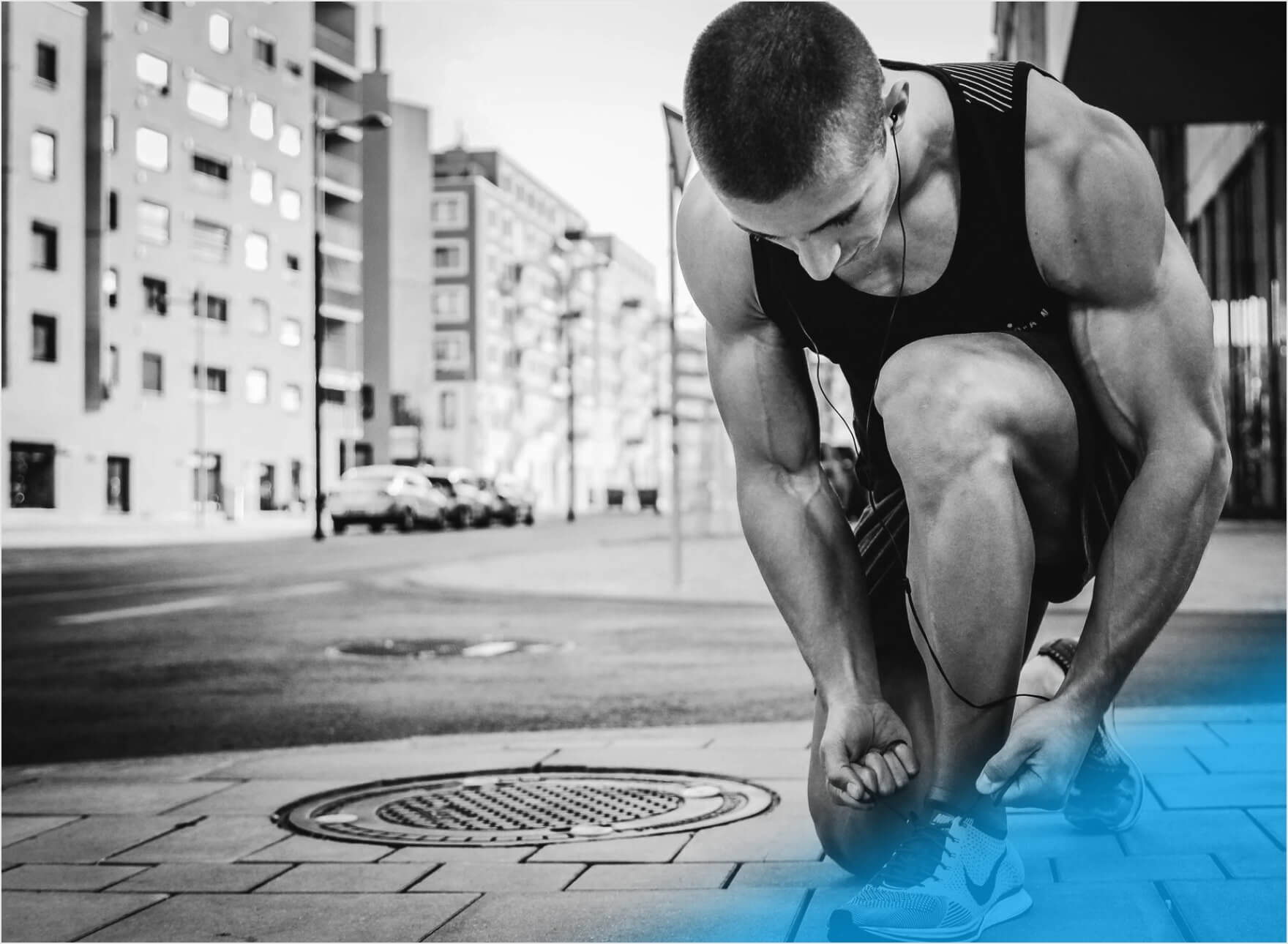
According to the ScrumVentures survey, athlete performance tracking solutions are the second largest segment in sports technology right now.
The results of the survey reflect recent industry-specific health data:
- Every year, 25% of athletes get injured and are forced to postpone training (Source: Prognozerr)
- Up to 50% of sports injuries can be prevented (Source: Sports Medicine Australia)
- The annual economic impact of sport-related injuries is estimated at $20 billion dollars in US high school and collegiate levels alone (Source: Forrester)
At sports events, success usually comes down to a 1% advantage over the competition. The Internet of Things solutions produce the data required to give athletes that competitive edge.
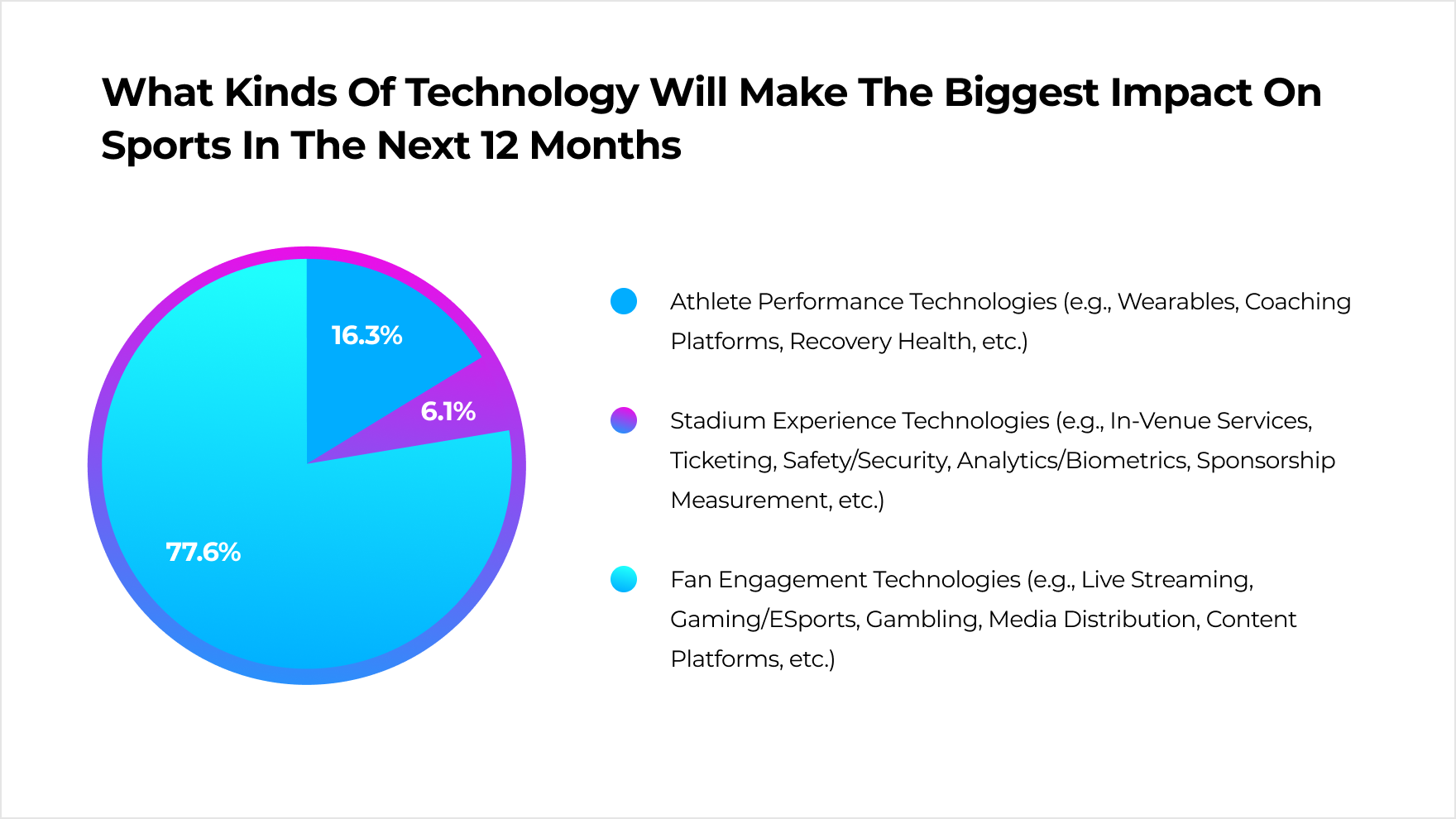
Wearable Training Devices Shed a Light on What’s Going on Inside an Athlete’s Body
The major goal of implementing IoT solutions in sports is to collect performance data from athletes’ bodies, figure out what can be improved, and adjust training programs accordingly.
And here's where wearable technology makes a difference.
No, we are not talking about wrist-worn trackers like Mi Band, Apple Watch, and Fitbit, which are reportedly used by 21% of Americans.
In professional sports, we need sensing devices that can be placed on different parts of an athlete’s body and take precise measurements of biometric data, including heart and respiratory rate, temperature, hydration levels, sleep patterns, muscle contraction, and acceleration.
By comparing athletes’ vital signs during maximum exertion with real-time sensor readings, coaches can fine-tune workout intensity and minimize injuries.
Wearable Technology in Professional Sports: Areas of Application
The use of wearable devices in professional sports falls under two categories:
- Athlete development. IoT solutions help coaches facilitate training and manage players more effectively. For this, a combination of wearable sensors, player location data, and (optionally) video recordings of training sessions is used. The novel technology provides real-time metrics on player activities, performance, and efficiency. By analyzing these metrics, coaches can pinpoint key areas for improvement and understand which muscles and parts of the body are being overworked.
- Injury prevention and recovery. Wearable devices can aid in tracking athletes’ injuries right from the beginning of a player’s career, gathering insights on muscle imbalances, and optimizing the duration of training sessions. Sports physicians and team doctors can also use sensor data to personalize recovery plans for professional athletes.
Examples of Wearable Technology in Sports
- Connected footwear. From intelligent socks to self-lacing sneakers, connected footwear is designed to measure walking and running distance, step count, and speed. This is achieved with the help of built-in accelerometers, gyroscopes, and pressure sensors. The examples of smart footwear include Under Armour “zero gravity” trainers, FeetMe insoles that process sensor data using AI algorithms, and E-Vone shoes that feature a falling alert system.
- Smart apparel. Compared to wristwear, connected helmets, bodysuits, and shoulder pads capture more accurate biometric data. In contact sports, for instance, solutions like the Riddell helmet help collect detailed head-injury analytics, such as where on the head an athlete was hit, how hard, and how that hit stacks up against the national average.
- Body-worn sensors. Inertial measurement units (IMUs), which incorporate accelerometers, gyroscopes, and magnetometers, or flexible body-worn sensors can be placed directly on an athlete’s body to track the precise angle and swing in baseball or measure body vibrations in ski racing.
Wearables are Part of a Bigger System
An athlete tracking system is a multi-level solution where connected devices gather data, transfer it to the cloud, and act on it. Besides wearables, the system incorporates a cloud-based back end where sensor data is stored and processed, dashboards that visualize the information, and web and/or mobile applications, which allow users to manage the connected solution and view performance analytics over a given period.
To figure out how repetitive movements and acceleration affect various parts of a human body, the data produced by sensing devices should be analyzed and correlated with certain exercises.
To accomplish the goal, sports tech companies turn to cloud-based services like Watson IoT, IBM Analytics, and Cisco Kinetic — or set up custom data analytics platforms based on Microsoft Azure, AWS, and Google Cloud.
Developing an IoT-based Athlete Monitoring Solution: Case Study
As part of our R&D activities, the Softeq team has built an analytics platform for sports coaches. The system is designed to:
- Collect, process, and visualize the data produced by devices that athletes wear during training sessions. The devices are equipped with heart rate and IMU sensors
- Help coaches monitor and evaluate athlete performance during workouts
The wearable gadgets can be attached to different parts of a human body: a wrist, elbow, shoulder, chest, waist, knee, or foot.
Besides hardware components, the system incorporates a cross-platform mobile application (Xamarin), .Net-based back end, and simple front-end solution built with Angular. Sensor data is stored and processed in the cloud using Microsoft Azure services: IoT Hub, Stream Analytics, Blob Storage, SQL, and App Service.
How the System Functions under the Hood
Collecting Sensor Data
We developed a cross-platform mobile application that acts as an intermediary layer between the wearable sensors and the back end. The app functions by:
- Connecting to wearable devices using BLE
- Collecting sensor data (heart rate, acceleration, location)
- Sending the data to the cloud (Microsoft Azure)
Evaluating Athlete Performance
To help coaches evaluate athletes’ performance based on sensor data, we built a web dashboard featuring:
- A .Net back end synced with the Azure data storage solution
- An Angular front end that visualizes sensor data in real time
The data collected from wearable devices is displayed on the session recording screen. Coaches can view the information in real time and annotate exercise repetitions. The screen also shows an athlete’s personal card with basic information (name, avatar, age) and a session timer.
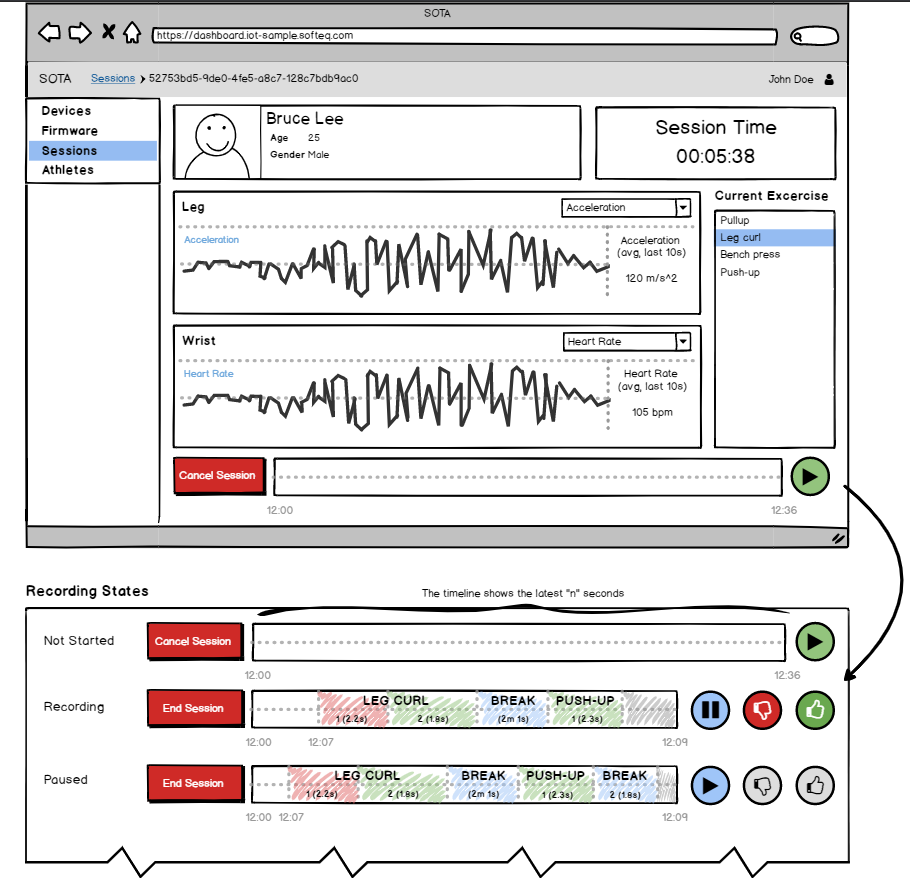
The system currently supports several types of exercises, including squats, lunges, push-ups, jumping jacks, and crunches. To evaluate a training session, a coach clicks on the thumbs up/down buttons. Only annotated data is sent to the cloud, which helps reduce infrastructure costs. As a next step, we are planning to automate the evaluation process by feeding the annotated workout data to a neural network deployed in the cloud.
Taking a Data-driven Approach to Athlete Monitoring
The global sports analytics market is projected to grow from $1.9 billion in 2019 to $5.2 billion by 2024. Now that there’s strong evidence that wearable technology helps better understand what’s going on inside an athlete’s body, it doesn’t come as a surprise.
The traditional approach to training and injury management relies on subjective assessment, such as an athlete's verbal description of pain and discomfort. However, sports professionals are known for their high pain tolerance and may not always accurately assess their own physical well-being. That’s how athletes can get assigned to training or rehabilitation programs that don't take into account their unique health profile, ability, and injury history.
Digital solutions for athletes offer a smart approach to athlete training and rehabilitation, which is essential to prevent sports injuries, reduce the associated healthcare costs, and help each sportsperson unleash their potential.
More articles on the topic
![[Webinar] T-Winning Strategies: How Digital Twins Drive Innovation & Efficiency](https://www.softeq.com/hubfs/Digital%20Twins%20Webinar.png)
![[Webinar] Wearables: Past, Present, & Future](https://www.softeq.com/hubfs/Blog%20Featured%20Image.png)
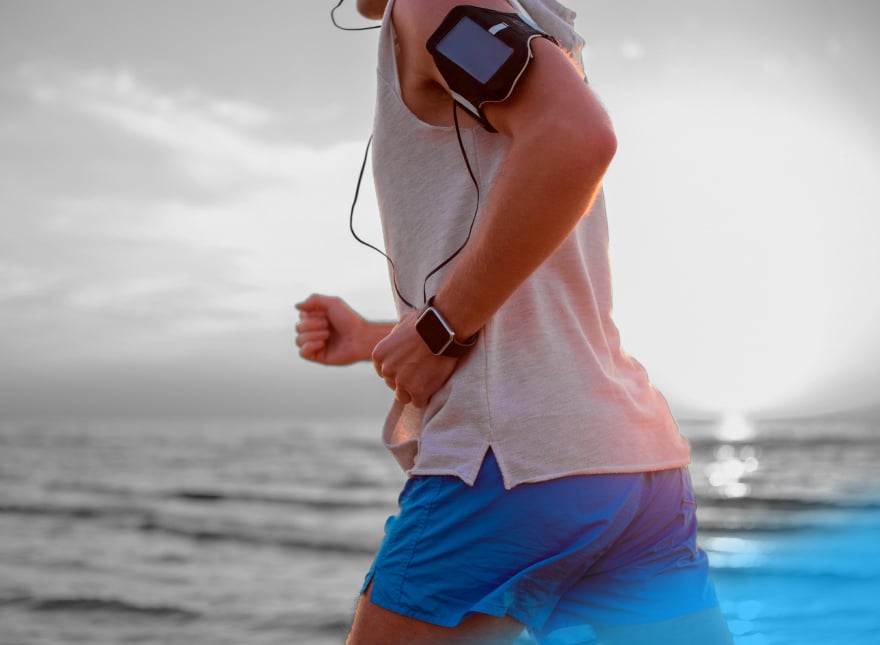
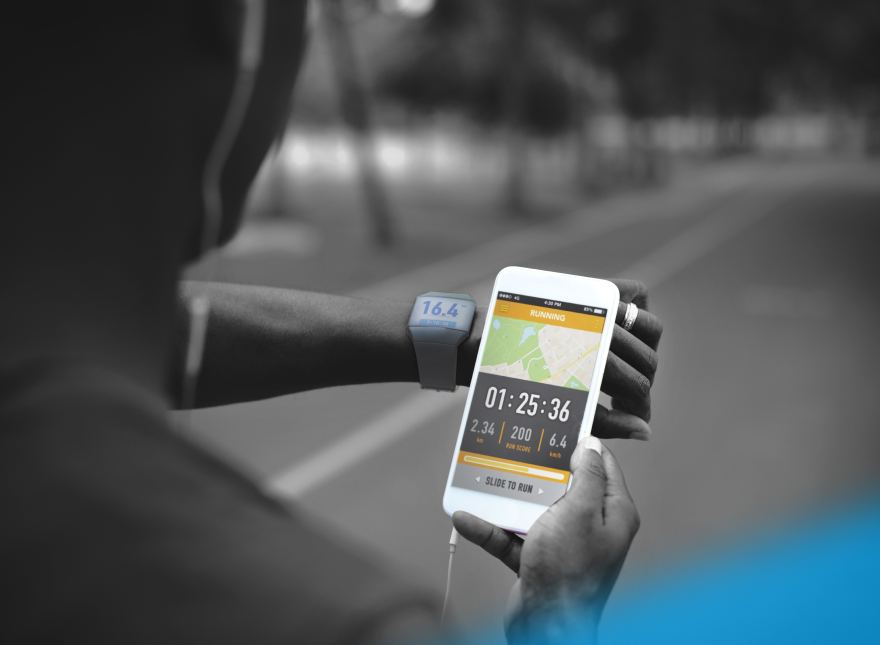
![Ten Pet Tech Product Ideas to Inspire Pet Startups [Updated]](https://www.softeq.com/hubfs/Blog/10-pet-tech-product-ideas-to-inspire-pet-startups-hero.jpg)

